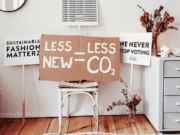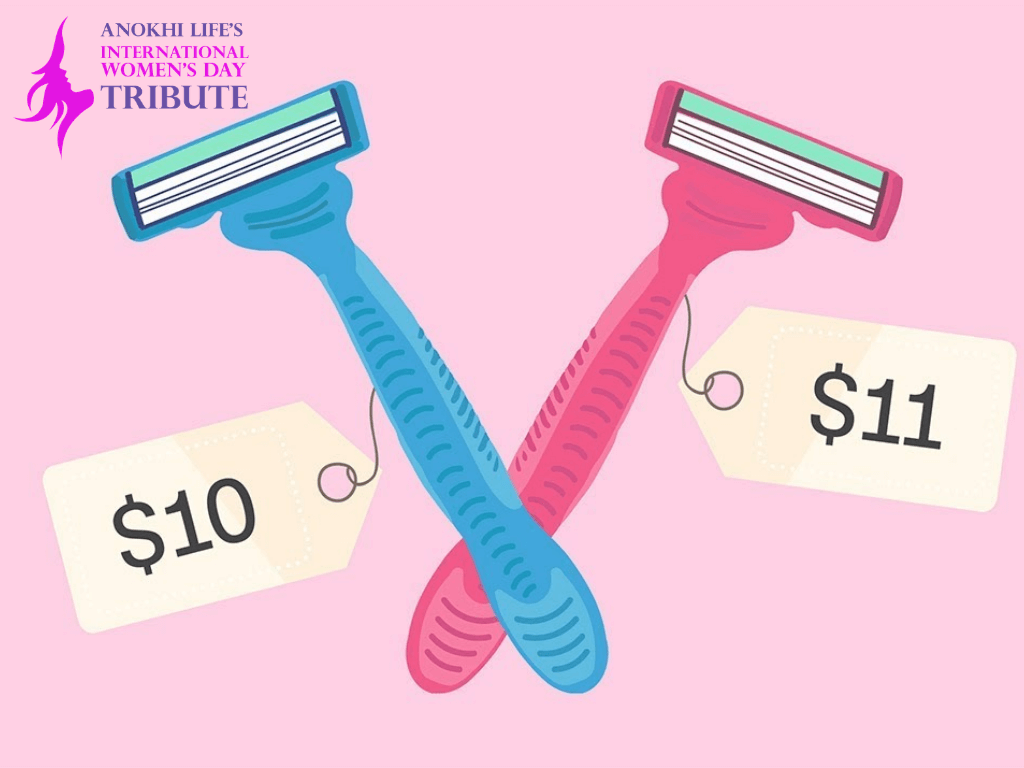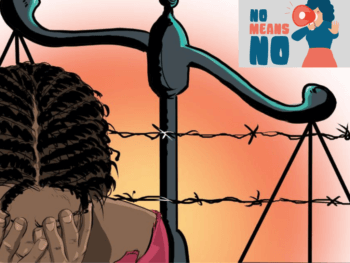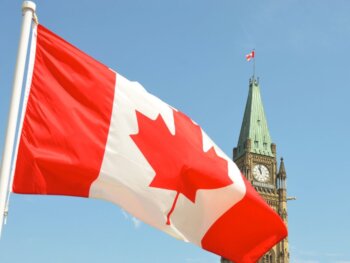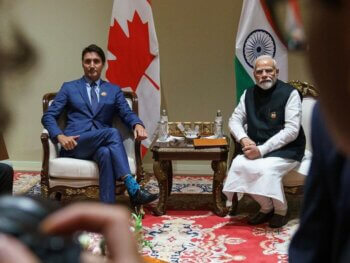We continue our International Women’s Day week-long special with a very important issue that needs to be addressed: why are we paying more for goods and services?
I’m not a big fan of the colour pink but I also don’t mind it … it’s bright, fun and symbolizes warmth and love. You know what isn’t fun though? What makes me feel cold inside and a lack of love? That women still make less money in the workforce but must spend more on basic products and services … what pisses me off is The Pink Tax.
What Pisses Me Off: The Pink Tax — Gender-based Pricing Needs To Stop!
Some of you have heard the term and may be feeling the rage, I encourage you to read on…let’s rage together! Some of you may be wondering what exactly The Pink Tax is and with it being International Women’s Day, I encourage you to also read on. The intention behind this rant is spread awareness on how unfair it is in hopes to have more people advocate for change.
What is The Pink Tax?
The Pink Tax is not an official, government tax (like property tax for example). It’s more of an expression that refers to the tendency to charge/inflate prices on products and services targeted towards women (compared to the similar products and/or services targeted towards men). In India for example, the cost of a haircut is higher for women than it is for men (some may argue that this is because our hair might be longer) but then why is a head massage more expensive? Is the masseuse looking at the head size before determining a price?).
A common example of a product in North America and the United Kingdom often used by both men and women but marketed differently and at different price points is a razor. Available in most drugstores, often razors are generally the same, the primary difference being in colour (men version is blue, women’s is pink) and the pink product is more expensive.
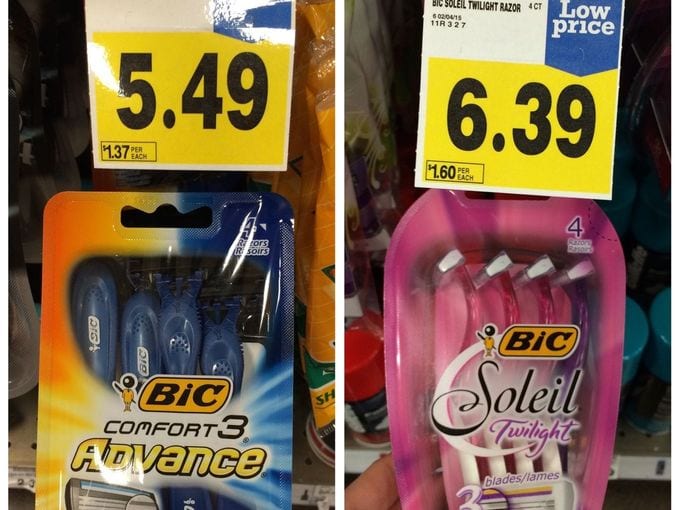
Does it really make a difference?
Yes. What at a quick glance may seem like a difference of cents/dollars, accumulates. Amounts can differ per country and location, but the overall point is that women are spending more, in some cases almost $1300 USD per year across several categories including 13% more for personal care products, 8% more for adult clothing, 4% more for children’s clothing (and the list goes on). Over the course of ten years, that’s $13 000 USD more in expenses than a man that could go to a woman’s education, savings, travel fund, etc.
Look at this chart that compares price points on self-care products (again all generally produce the same outcome but are different in colour and/or marketing images):
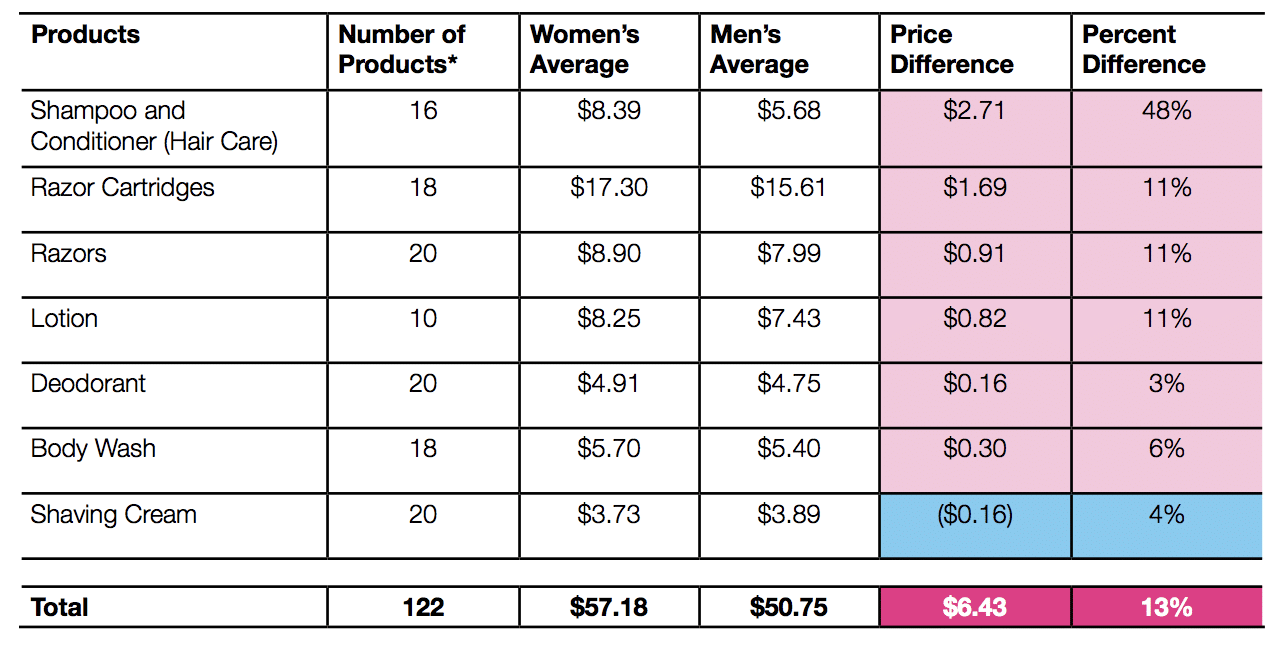
Why is it a problem?
This is obvious but as patience is a virtue we want to practice, we’ll break it down:
Discriminatory: It’s an example of gender-based discrimination. Why should the same product cost more based on who is using it? It also implies/assumes both women and men will prefer a certain colour and or marketing image which is not always the case (I’m a woman and I genuinely like blue more than pink). As we evolve to break traditional gender norms, this type of marketing is not modern or all-inclusive to people who prefer not to label themselves as a specific gender.
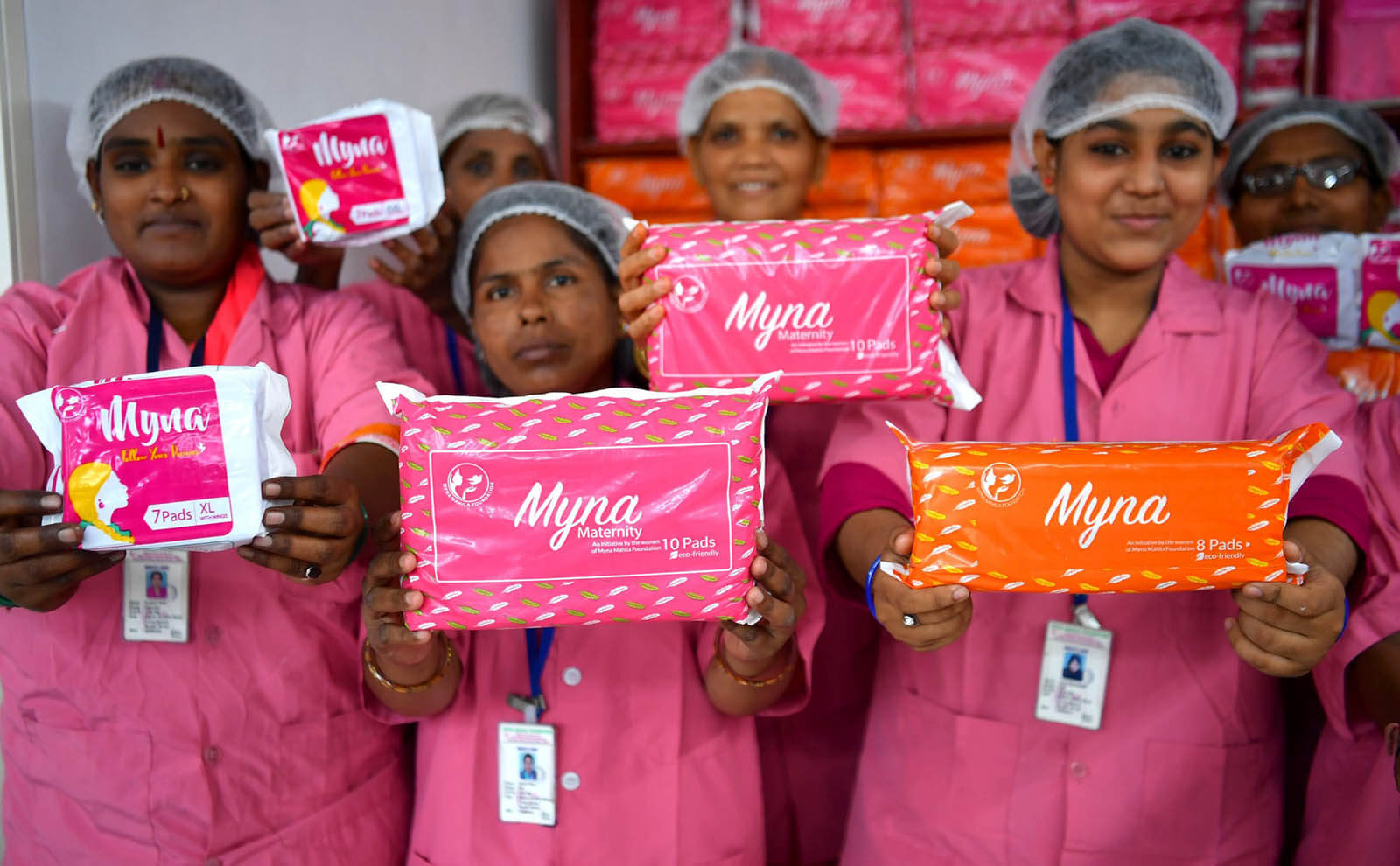
It applies to essentials: If you’re thinking the problem can be solved by simply “not shaving” to break gender rules or stereotypes on how women should look your wrong and missing the point (on so many levels). Women don’t just pay more for the same products we also pay taxes on products we need to function. Take feminine hygiene products (tampons for example), why are these even taxed to begin with? Insurance companies sometimes cover medications for men such as Viagra, but women can’t get feminine hygiene products covered or have them at low-costs or tax-free? This defies logic.
Creates more debt for women: Women still make less money than men. How are we equally setting up women for financial success when we make less but are expected to spend more? Yes, we have made huge amounts of progress in the past 50 years but there’s still room to get better. We need to stop creating environments that make it easier for women to fall into debt-cycles then men.
What can we do about it?
Stop buying products that differ in price: Get your razors from the men’s section, buy neutral coloured toys, shop in the men’s section when appropriate (for example, I buy my over-sized, plain t-shirts from there). Remember in retail, demand drives stock; let the over-priced pink products stay on the shelf whenever you can to help push shop owners to make changes in their stock and brands to bring down their prices.
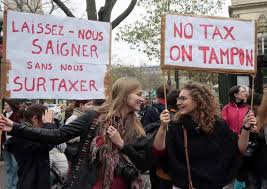
Join the fight: The “Pink Tax” is a global issue and countries are handling it differently. Canada for example, listened to Tampon Tax protesters and signed for most federal tax to be removed from feminine hygiene products in 2015. The United States has brought fourth “The Pink Tax Appeal Act” twice but it lost but Americans can keep showing congress they won’t quit until it wins.
Spread awareness: Research events taking place in your local community to join forces (or host an event yourself). Continue to educate yourself and help spread the word. Remember one small action is better than no action. You can start by sharing this article on your Social Media platforms and forwarding it to your friends!
Main Image Photo Credit: www.gopetition.com
Rachna Sethi
Author
Rachna (@thesassyspiritual) is a graduate of the Applied Mindfulness Meditation program from the University of Toronto, a certified Educator with two bachelor degrees and a diploma in Art Therapy. She's dedicated to living with a compassionate approach. Committed to helping people integrate Mindfuln...





























